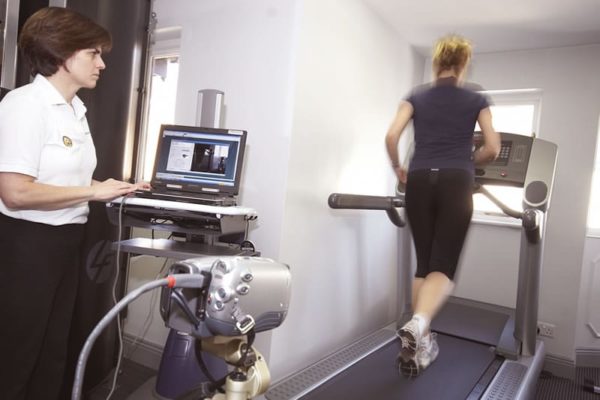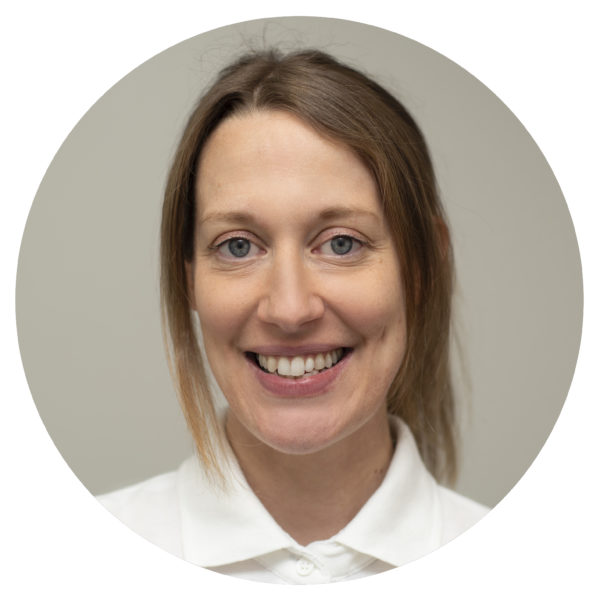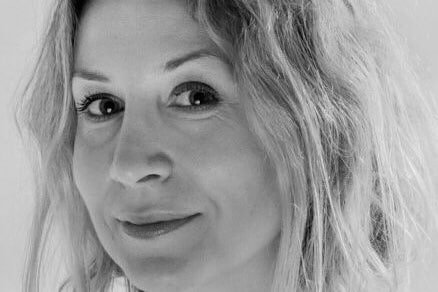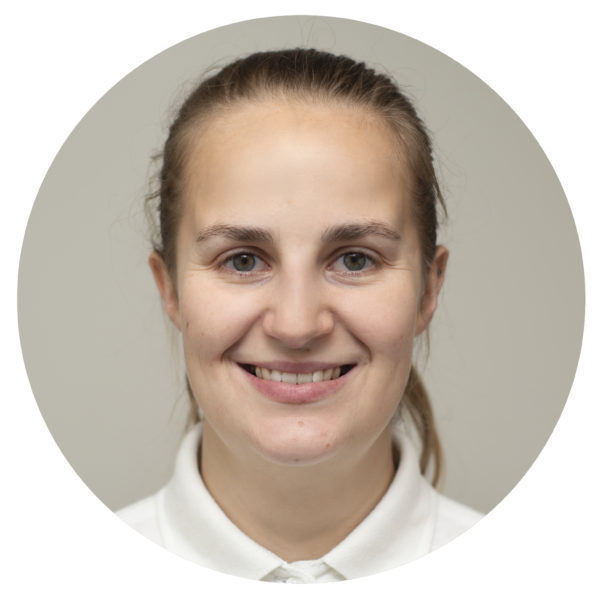
Information for GPs
Physiocare has developed into a team of seven physiotherapists under the clinical direction of Elizabeth Jones. Our aim is not only to treat the symptoms of the acute condition but also to educate and empower our patients to enable them to take responsibility for their own problem.
In addition to our more widely recognised specialist treatment of Orthopaedic and Musculoskeletal conditions, we also provide some specific therapeutic services.
Details of these can be found below. For any queries, please contact the clinic directly.
Vestibular Dysfunction (Vertigo, Dizziness and Balance Problems)
Vertigo, dizziness and imbalance are common presenting symptoms. Medical diagnoses if made often include Viral Labyrinthitis and Menieres Disease and the use of vestibular depressant drug therapy are widespread. It is however important to recognise other balance problems that may benefit from specialist physiotherapeutic intervention and be aware that drug therapy may actually inhibit recovery of normal vestibular function.
Benign Paroxysmal Positional Vertigo (BPPV)
Benign Paroxysmal Positional Vertigo (BPPV) is a peripheral (inner ear) disorder which is characterised by short intense bursts of vertigo that are related to certain positions. Patients will often experience symptoms when they lie down, turn over in bed, rise from bed, lean forward or look up. It has been suggested that BPPV may be caused by otoconia (calcium particles) that are shed from the utricular macula migrating to the posterior semi-circular canal which responds to rotational motion.
This may occur for several reasons eg. Whiplash injury, falls, head injury or even high impact exercises. It is recognised to occur as a consequence of viral labyrinthitis or following prolonged periods of inactivity such as confinement to bed. The presence of the otoconia alters the dynamic response of the posterior semi-circular canal to head movement, causing vertigo. BPPV can have a very intermittent pattern with full resolution of symptoms for many months. For some, no treatment is required whilst others have more persistent symptoms that require treatment.
BPPV is generally treated by a physical manoeuvre called the Epley. The Epley technique is designed to reposition the particles into a less sensitive area of the inner ear and correct the dizziness. Usually only one or two treatments are necessary to restore normal balance.
Vestibular Rehabilitation Therapy (VRT)
Vestibular Rehabilitation Therapy (VRT) may be more appropriate for other chronic stable vestibular disorders causing dizziness or balance problems. Vestibular problems affect the VOR (Vestibulo-occular reflex) which controls eye movement and gaze stabilisation during head movement. They can also affect the VSR (Vestibulospinal reflex) which influences postural stability. Patients can have problems with one or both of these areas.
VRT such as that initially developed by Cawthorne and Cooksey focuses on the plasticity of the CNS. It does not repair the damaged inner ear, but rather enables the CNS to adapt and habituate to input stimuli through an appropriate customized regular exercise programme.
Chronic Benign Recurring Headaches
Patients frequently present with chronic recurring headaches and appreciable use of various analgesics. Recent studies and clinical practise has identified that dysfunction of the upper cervical spine may be the source or significant contributing factor for different types of headaches including Migraine.
A key diagnostic feature of neck involvement in headache is the temporary reproduction of the headache and associated symptoms through specific examination techniques. However confirmation is only possible if easing of the headache occurs as a technique is sustained.
The root of these troublesome headaches is often caused by chronic stiffness in the upper cervical spine accompanied by soft tissue shortening and poor muscular control. Appropriately selected patients respond well to a course of treatment involving passive mobilisations to the particular segment of dysfunction, along with exercises to stretch and strengthen and posture modification.
Diagnostic Real Time Ultrasound (RTUS)
Our clinicians have access to the latest high quality Diagnostic Real Time Ultrasound equipment. This has an increasingly important place in the investigation and management of a wide range of musculoskeletal disorders. It is also a tool that is being used by research driven physiotherapists as a safe and cost effective method to enhance both the assessment and treatment of patients with motor control deficits of their lumbo-pelvic ‘core’ muscles, (transversus abdominis, the segmental portion of lumbar multifidus, the diaphragm and the pelvic floor muscles).
The value of RTUS in a clinical setting is that it allows for real time study of these deep core muscles as they contract. This allows both the patient and the physiotherapist to view the contraction as it happens, leaving little room for supposition. Consequently, RTUS can be used as both as an assessment tool and more importantly as a form of biofeedback, providing patients with knowledge of performance, in the early stages of motor learning.
Gait Analysis
At Physiocare we offer in-house gait analysis using Quintec video analysis software to capture and examine the performance of our patients on the treadmills. Gait analysis is commonly used to help elite and recreational athletes run more efficiently and to identify posture-related or movement-related problems in people with injuries.
Observation of gait patterns may also demonstrate abnormal foot biomechanics and through the impact upon the kinetic chain explain the origin of pain and dysfunction at apparently unconnected sites such as neck, shoulder, back or hip. Restoring optimal function can frequently be achieved though adjustment of technique individualized tailored exercises to stretch, strengthen, or the provision of suitable corrective orthotic devices.
Body Recovery Course for Mums
During pregnancy, labour and delivery many changes occur in a women’s body, some slowly and some more acutely due to labour and delivery. Stretching of the abdominal wall affects stability of the back and pelvis and increased uterine weight affects bladder and uterus fascial support systems. Altered movement strategies adopted during pregnancy may lead to back and pelvic girdle pain, rectus diastasis, incontinence and prolapse, common in post partum years.
Recent research has greatly increased our understanding of the factors that contribute to the development of these problems. Based on research this preventative post partum programme has been developed to empower women with an educational home exercise programme. The material taught is applicable to women of all ages and includes correct breathing, body alignment, bladder health, core stabilisation and how to use these in everyday function including a return to pre-pregnancy sport and recreational activities.











